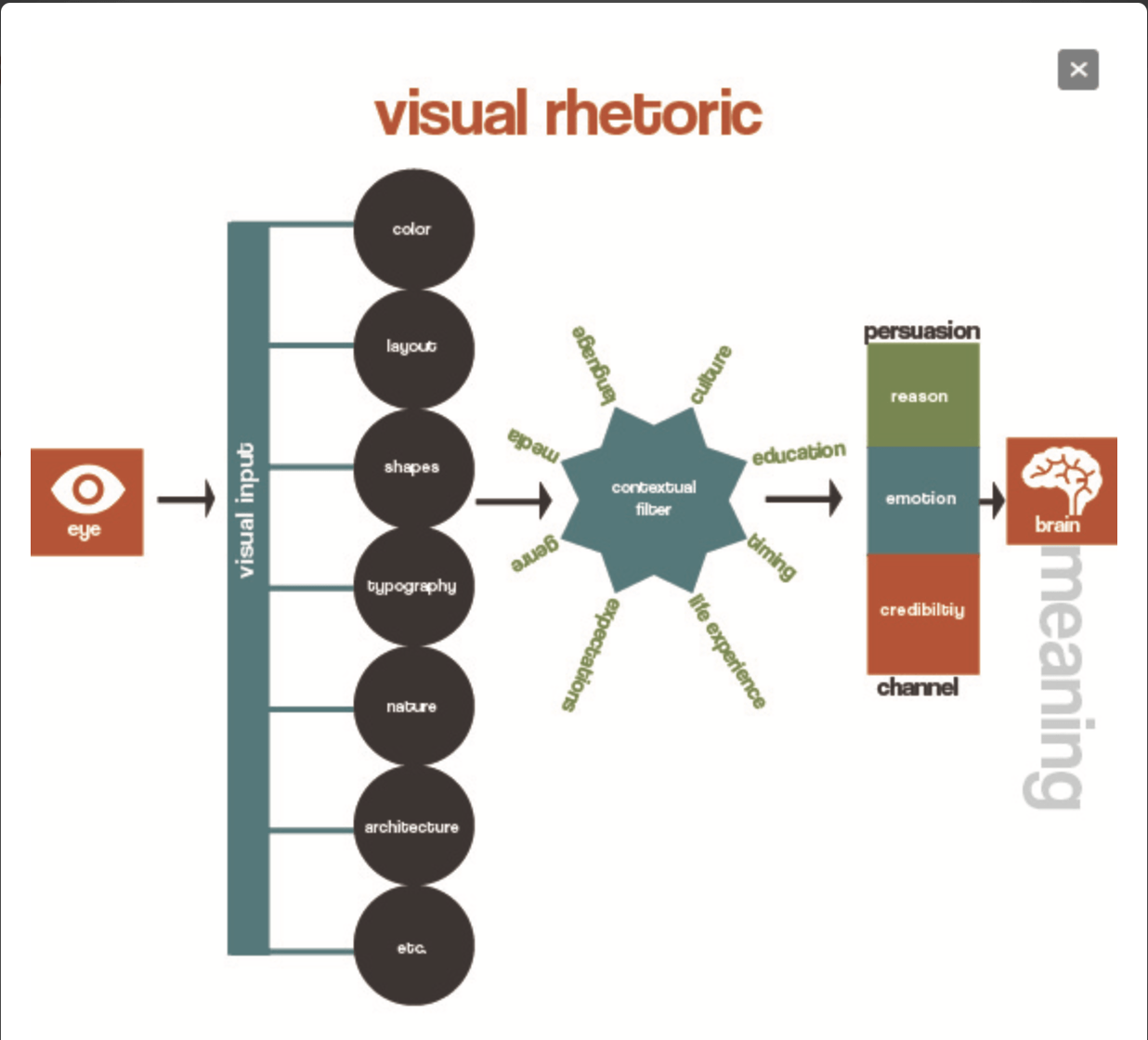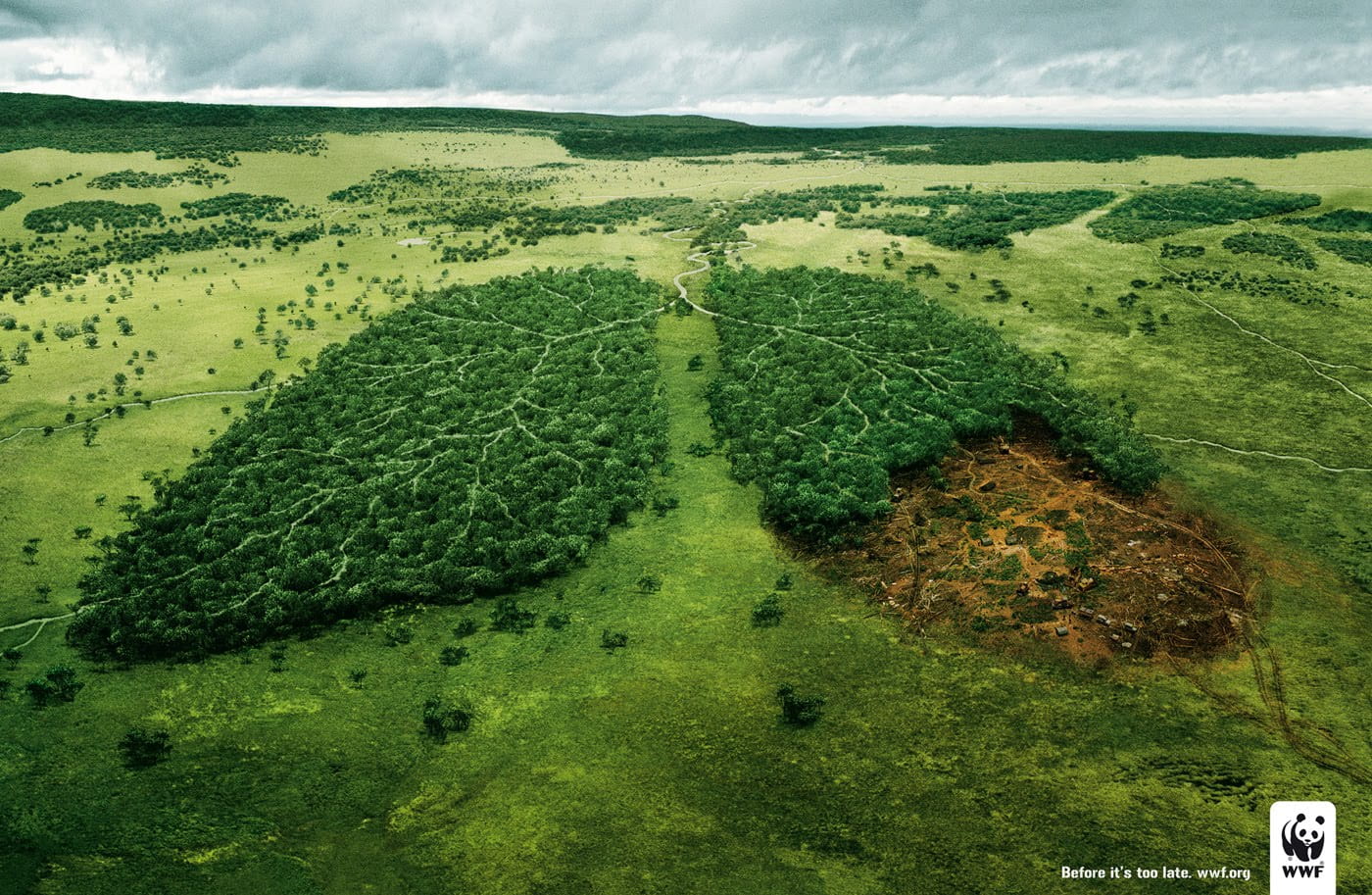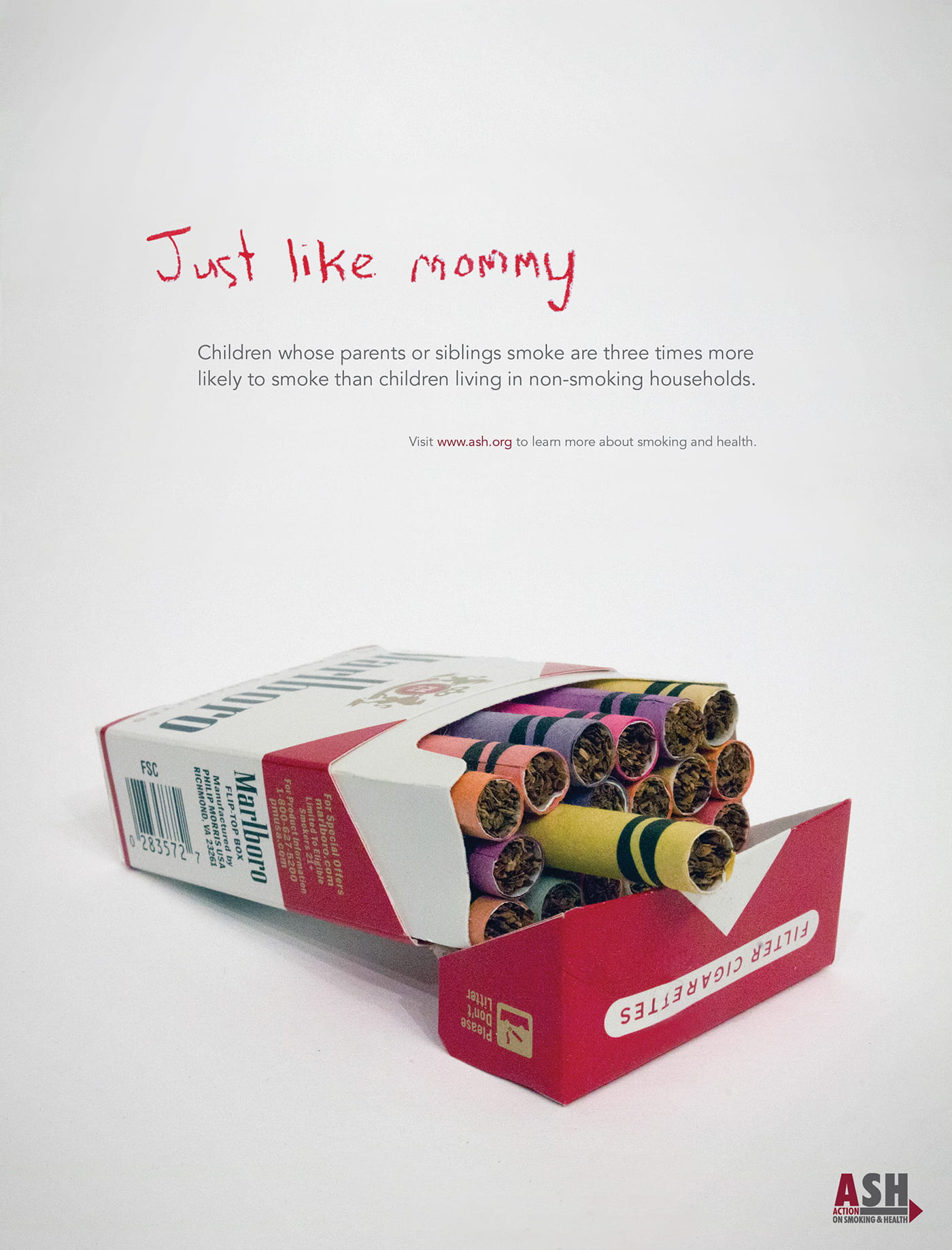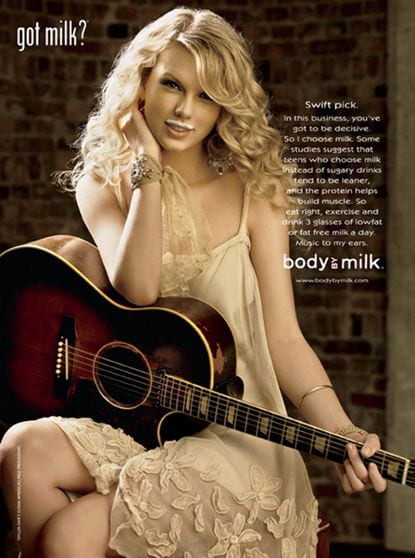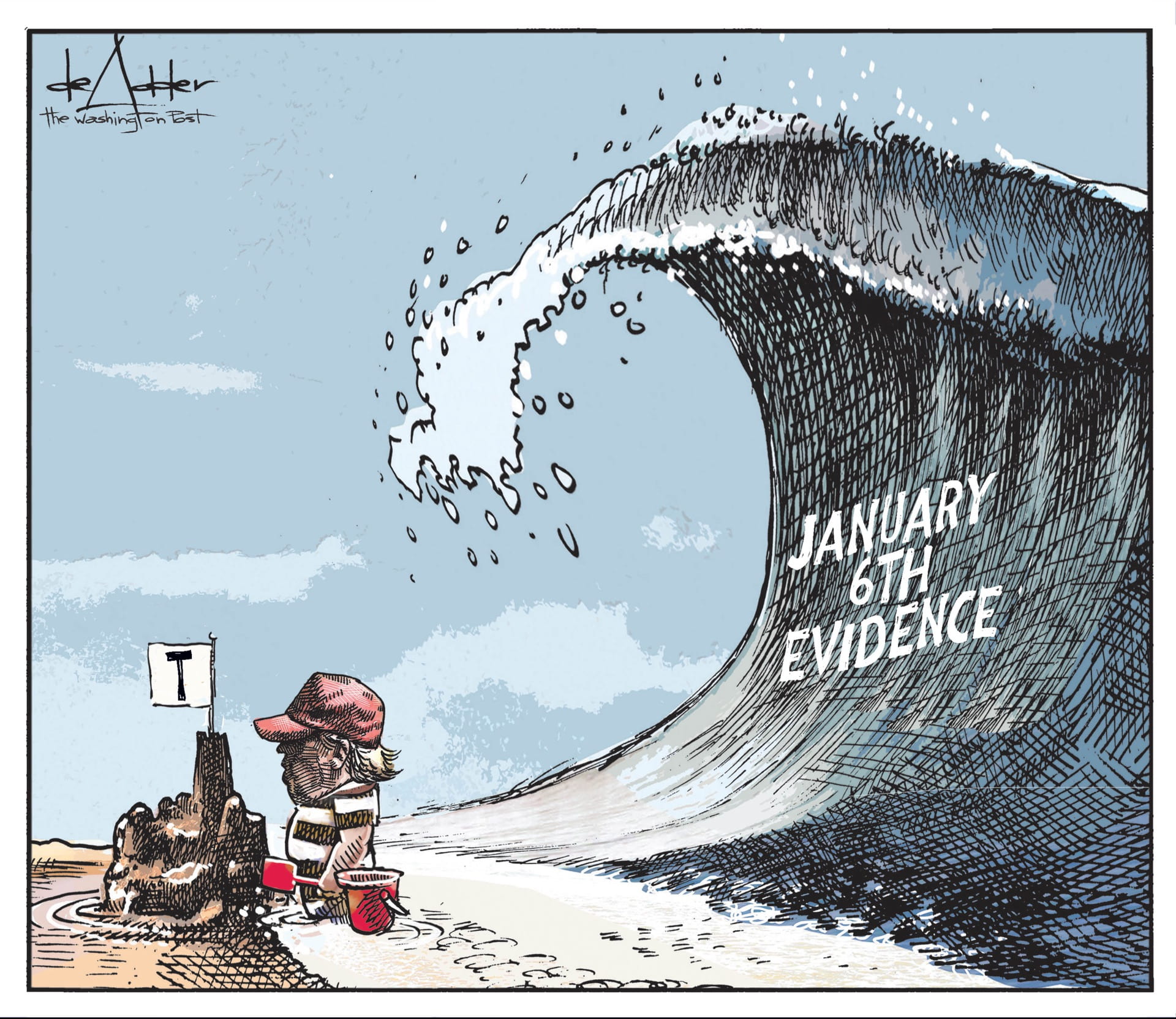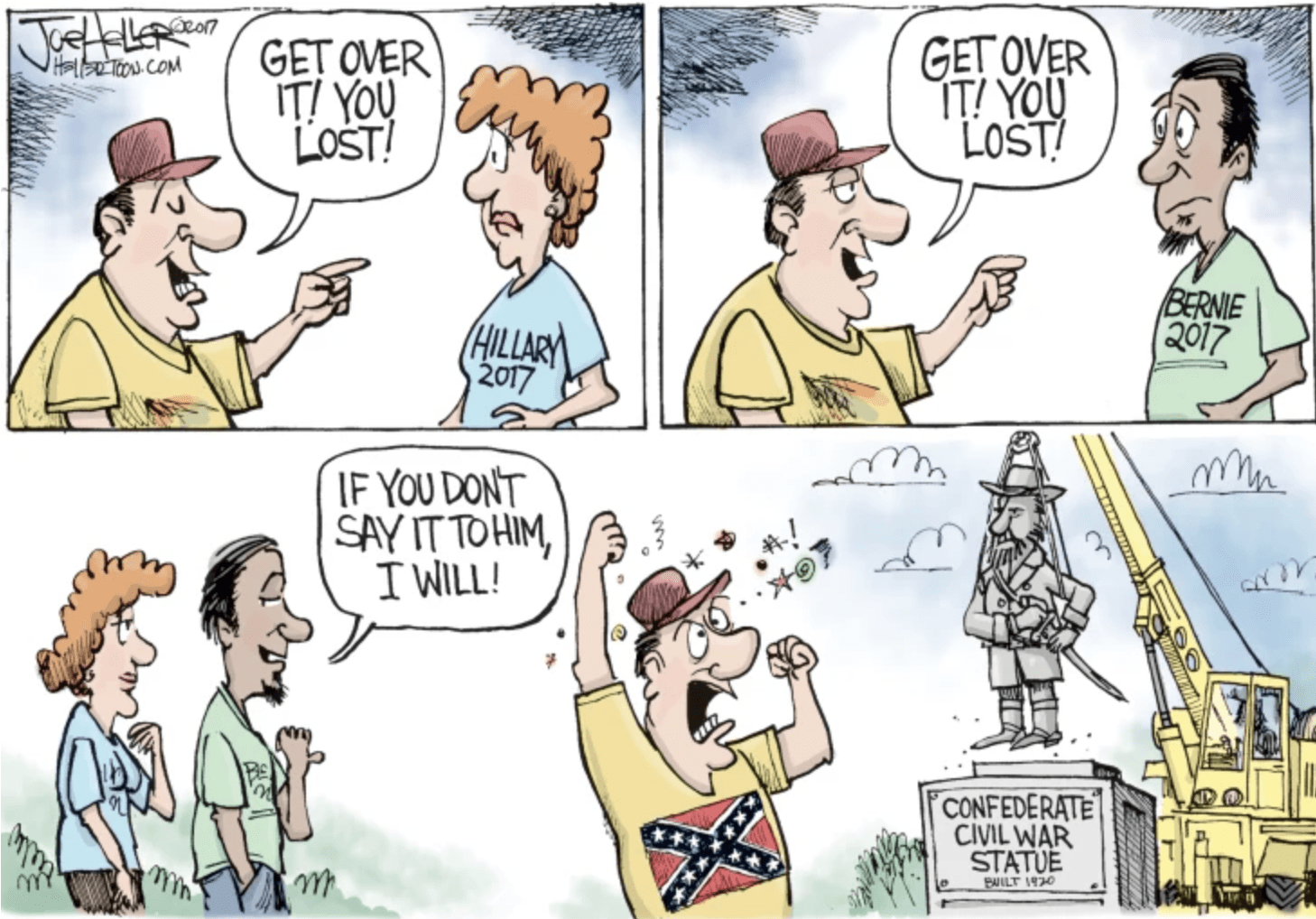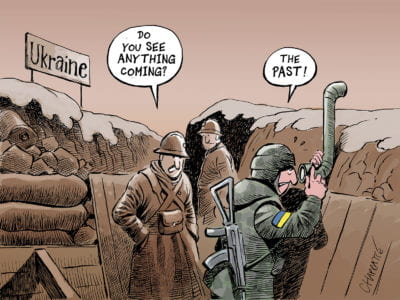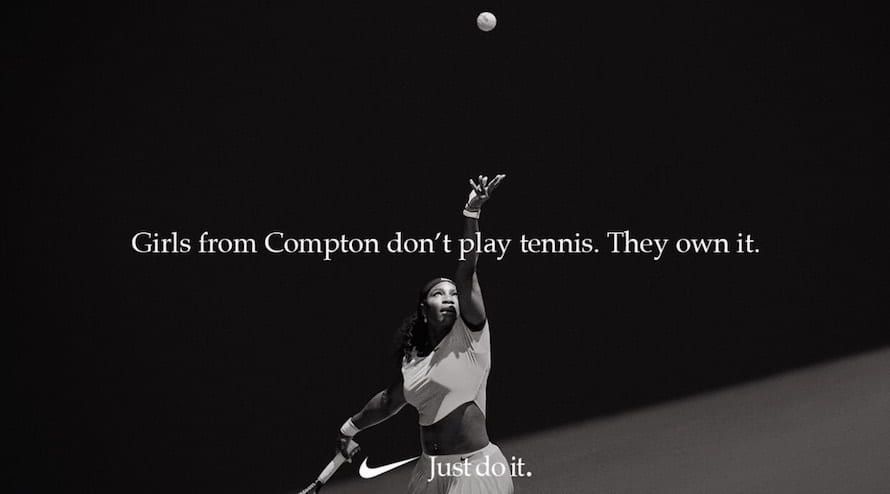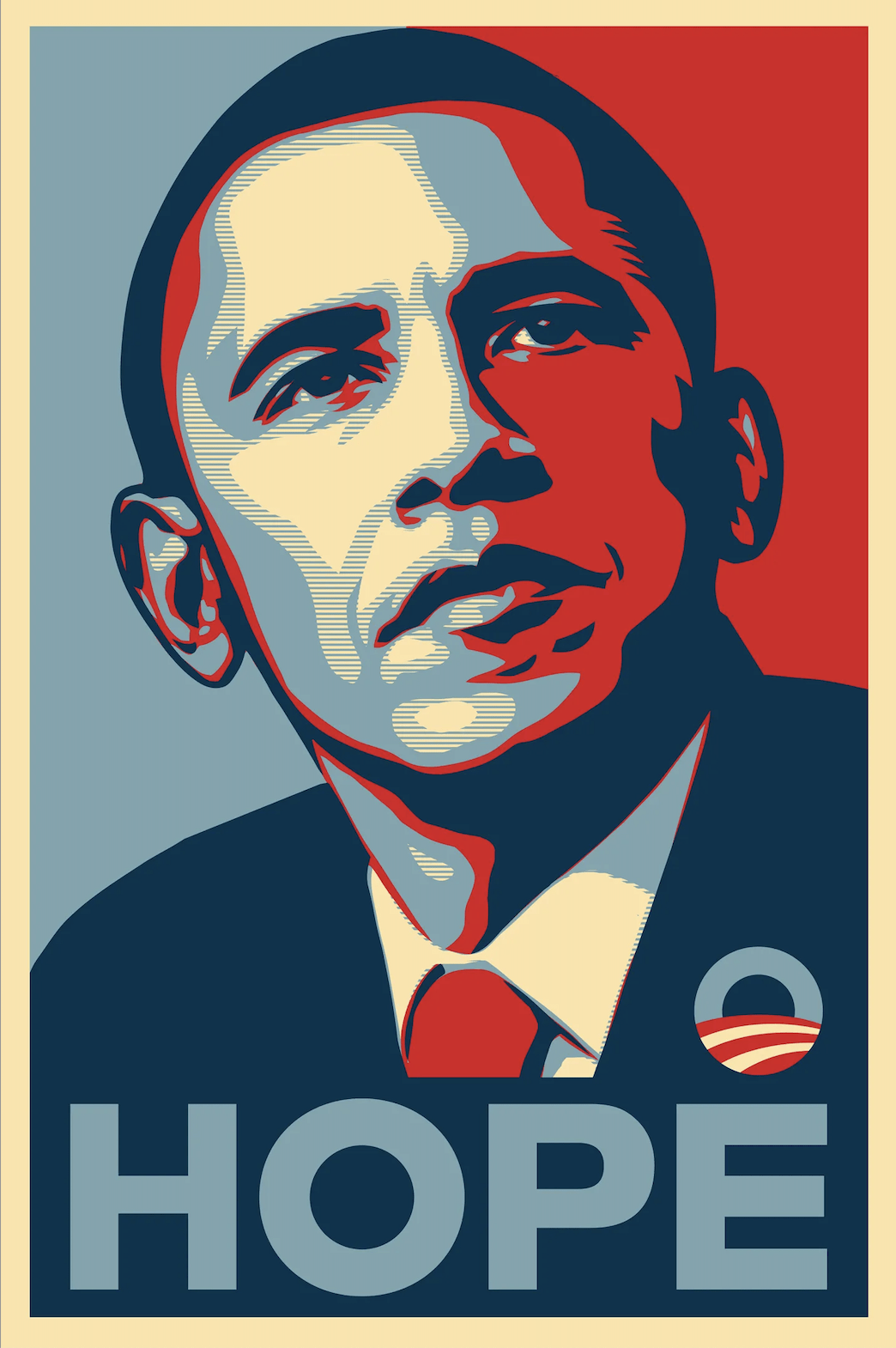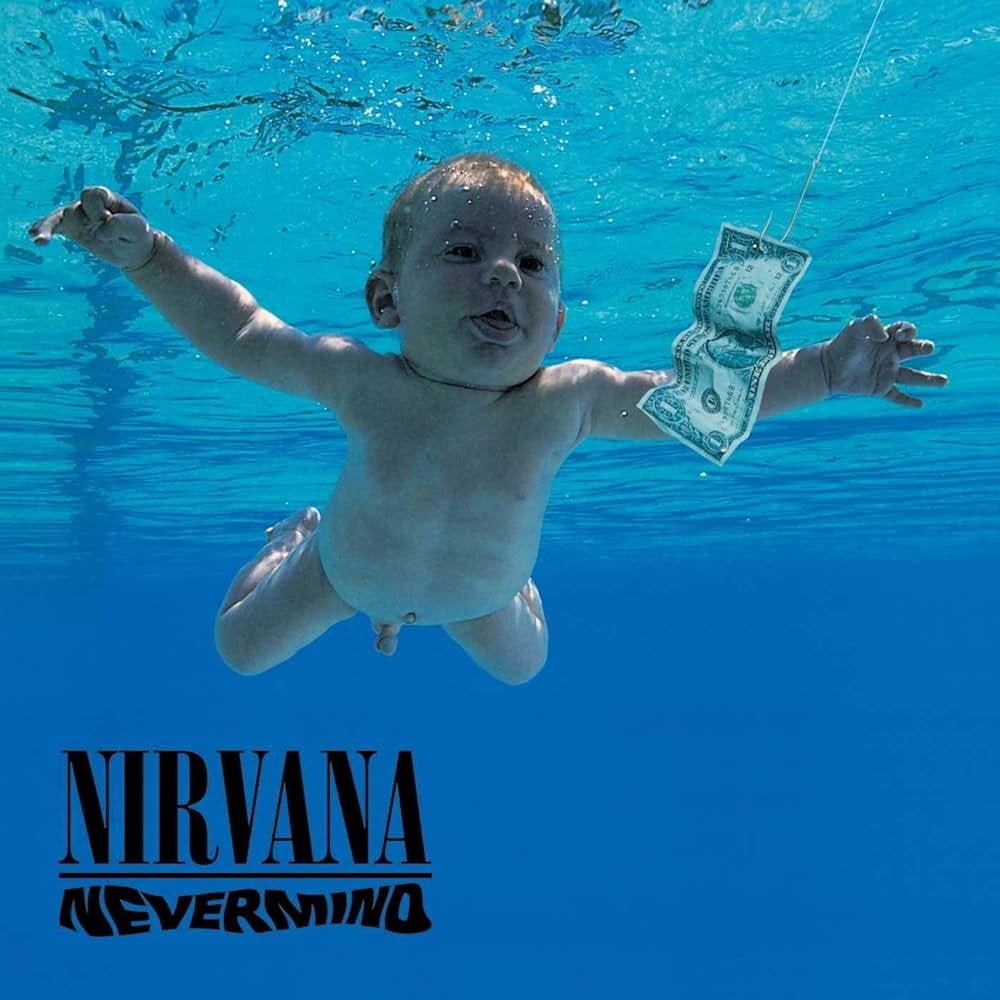If “rhetoric” refers to the principles governing the art of using language effectively, eloquently, and persuasively, then “visual rhetoric” extends these principles to the use of images and various graphic elements in texts as diverse as advertisements, political cartoons, photographs, film, and painting, as well as charts, graphs, and other data visualizations.
So, in the same way that we can analyze the rhetoric of a piece of writing—such as a speech, letter, or essay—we can also analyze the rhetoric of a visual text. In both cases, we are trying to understand how the author’s selection and arrangement of individual elements contributes to and effects the meaning/message of the text as a whole, beginning with a consideration of the author’s rhetorical situation. Here‘s a short video that offers a helpful overview. And here’s an infographic that presents a model of visual rhetoric:
Analyzing the rhetoric of visual texts is not only essential for understanding our increasingly media-saturated culture, it also provides an interesting, alternative way to exercise skills that we can extend to the texts we read most often: the kind written in long series of words, sentences, and paragraphs.
Below, you’ll find examples of visual texts that you and your team can select for analysis. Once you’ve agreed on an image, spend a fixed amount of time analyzing the visual text individually before having a team discussion.
Click on an image to see it full-size.
1)
2)
3)
4)
5)
6)
7)
8)
9) “The New Frontier” Salesforce Super Bowl Ad
10)
11)
12)

